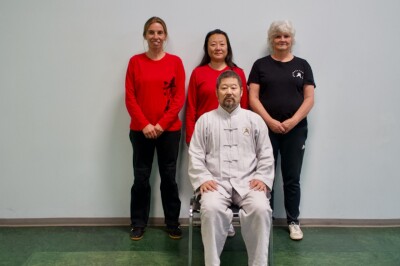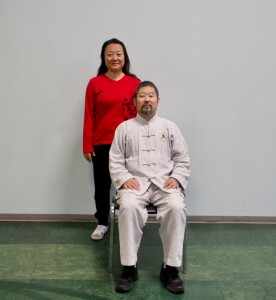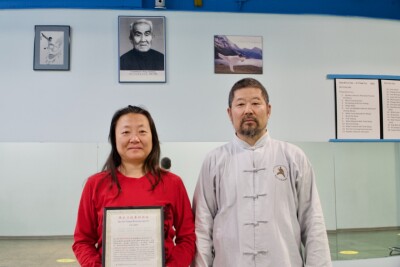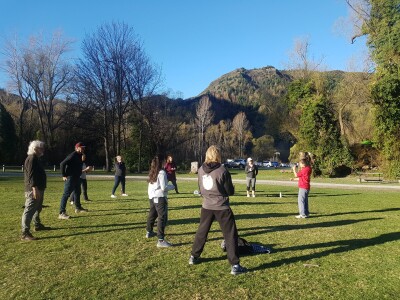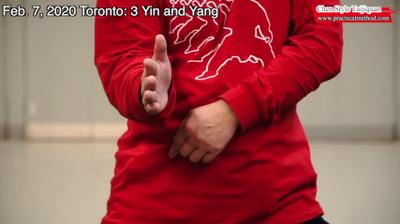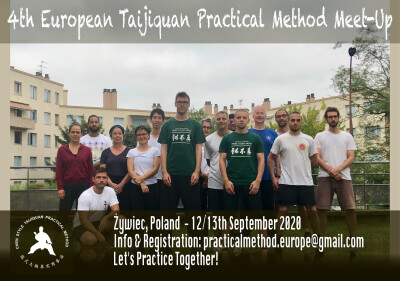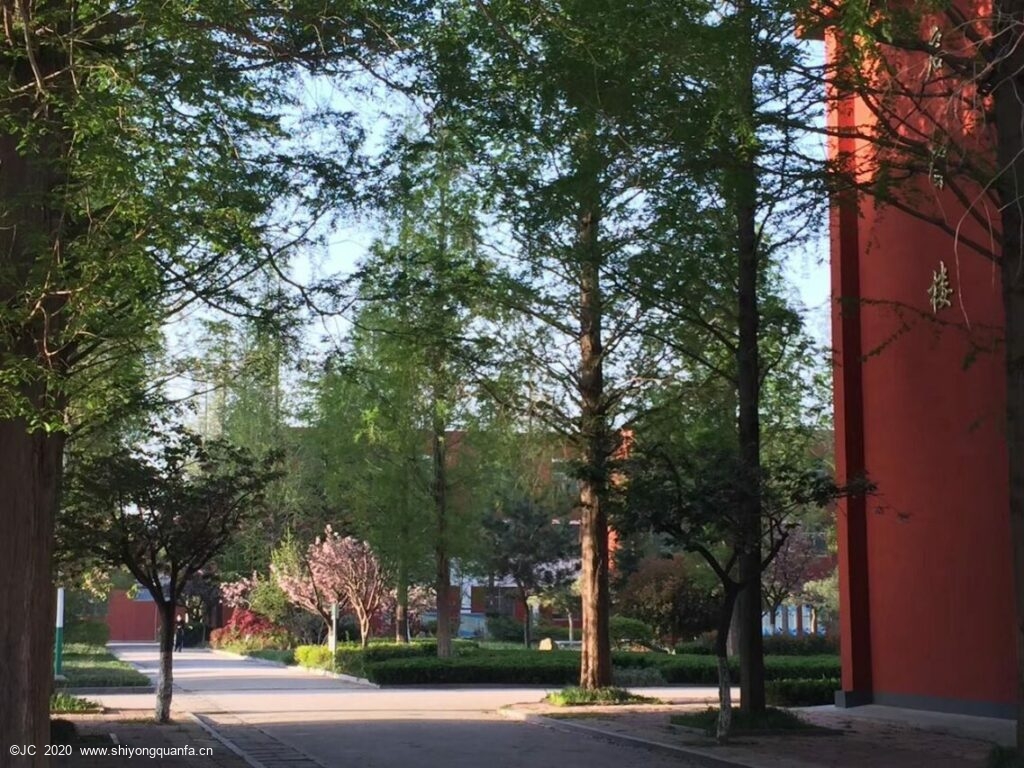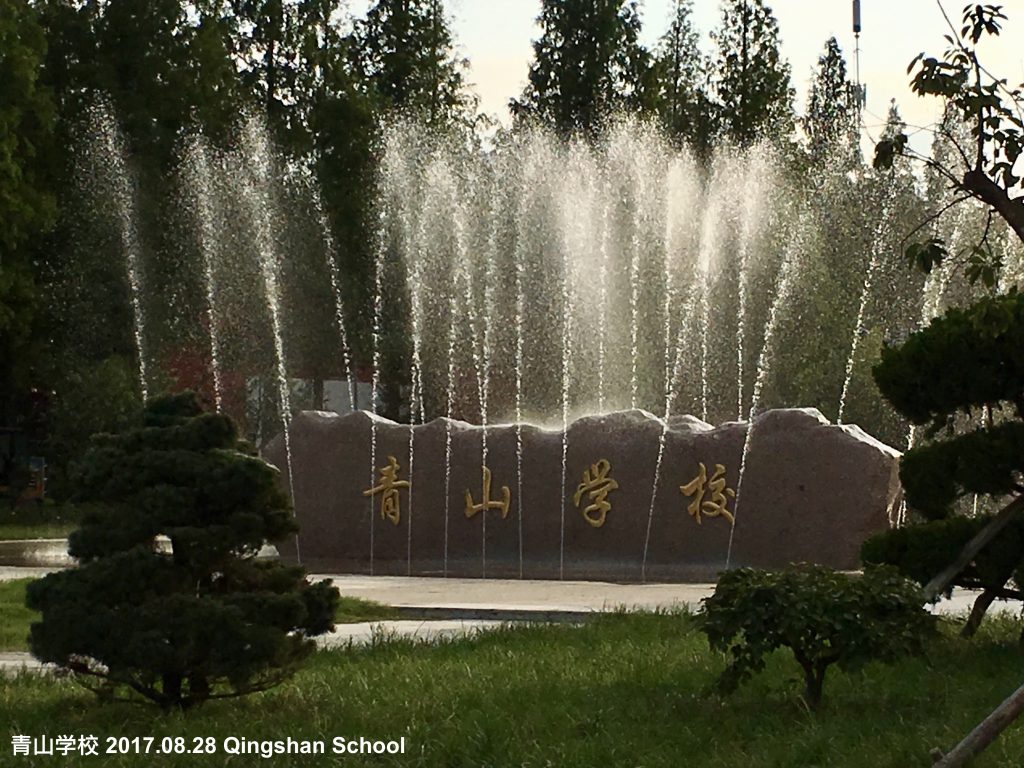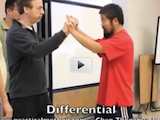This was a busy week:
- Wednesday
- Private session with Master Chen
- Advanced foundations and Yilu class with Master Allan
- Thursday
- Jian foundations and form class with Master Allan
- Friday
- Private session with Master Allan
- Basic foundations and Yilu class with Master Allan
Key notes in no particular order:
- Your body may be tired and sore from the previous day(s), and you will ask yourself if a day of rest would be better than going to train. Go to class! Once you start moving, blood will flow, and that soreness will go away. Every class has multiple gems, but they’re only available in the moment and in the context of what is being taught. If you miss it, you miss it, which I find to be more painful than the discomfort of tired muscles.
- Move with power: This is a martial art, not a dance. Every move must come from a place of power. Visualise your opponent and make sure you are affecting their body with each movement.
- Our arms are not part of the movement; they are only along for the ride. EVERYTHING comes from the kua and rotation.
- When Master Chen demonstrates a specific point, only look at that point. He could be sacrificing his form elsewhere in the body to emphasise something very specific. If you’re watching other things, you could be learning something wrong.
- When Master Chen is demonstrating a movement, he is not teaching anything theoretical. He is showing you EXACTLY what he is expecting you to do. Do not try to analyse it. Mirror it to the best of your ability.
- Training should not be comfortable. Always grind your joints that little bit further than they want to go, so they will continue to open up.
- We all make the same mistakes! This was evident after Wednesday with Master Chen present for Master Allan’s class. Everyone felt personally targeted by the new elbow exercise video the following day: http://practicalmethod.com/2020/09/elbow-exercise-20200917/
- It isn’t easy in the time of covid, but if possible train with a partner. The difference in someone physically stopping your shoulder from moving back, or locking your knee so it doesn’t follow, makes a big difference! (Please be safe! I’m lucky to get to train with family)
- Practice your form without moving.
- As always: Don’t move, only rotate!
I know I am missing so much, but it was a week of brain overload. I’m very happy with the progress I felt in my body. I was a little concerned on Wednesday as I felt a pop in my right kua. Thankfully it was a good pop. My right side has opened up a lot!
I’m looking forward to seeing the video from Wednesday’s private session. We worked through section 3, which I’m just trying to get my head wrapped around the choreography. If you’re looking for some great detail on that section, I’m sure between my session and Anton’s you’ll get great material. If you’re looking for a great taiji comedy, I’m fairly certain I played the part of the uncoordinated court jester to a T 😀

